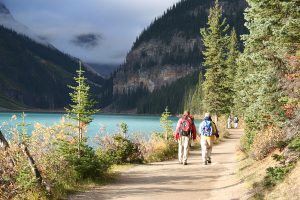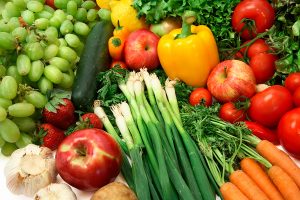Each week, Dr. Mauk shares thoughts relevant to Baby Boomers that are aimed to educate and amuse.
Guest Blog: Adult day programs giving a new life to the adults
Those who had enjoyed a considerable amount of independence in their youth, the time has come when they need help from others as they were migrated to old age. Life is never static, and it keeps on changing from time to time because change is the integral and inherent part of life. Once you cross the fancy days of your youth and step into adulthood, life becomes more challenging than ever. It took a big leap when you get older and started calling by the people as elderly.
The adult day care homes came up as a hope for many adults who are living a lonely and concise life. They have given them many reasons to enjoy their adulthood, keeping aside all their worries and tensions of life. Many daycare homes in the USA have gone to the extent of providing a friendly and composite environment that even doesn’t get in their homes. The adult day programs in Atlanta offer a welcoming environment to the adults by connecting them back to mainstream society and expanding their outreach. They provide support and a needed break for someone who cares for a loved one who is no longer independent.
Every adult is welcomed in an adult day care home.
The adult day care homes take care of every adult regardless of their religion, race, and ethnicity. Caregivers in the Atlanta adult day care homes are not the ordinary people infect they are the one who is not doing this just as a job but it’s is their passion and nature to help elders and share their pain and joy. All the adults staying in the adult day care homes spent their day with loads of fun and doing meaningful activities.
It is not that adult daycare homes only provide emotional or medical support to the adults; they also facilitate adults by organizing musical events and taking them to cultural festivals. Some of them hold weekly performances by local musicians and local entertainers. They also give them the opportunity for interactions with pets and children, cooking projects, take them to nature walks, games, parties, and yoga classes.
Who joins adult day care homes?
- Adults in their 50s – 90s with some physical or cognitive behavioral problems.
- Older adults who don’t wish to stay home alone all through the day.
- Older adults can benefit from social interaction and a structured environment.
- Adults who are abandoned by their family and they are forced to live alone.
- Adults whose children are not living with them because either for work or study, they have to live outside the town or country.
Loads of Surprises
It is not that the adults living in the Adult Daycare homes are entirely cut off from their families and friends. This is not the case with every adult day care home because many Adult daycare homes provide surprise adults’ by suddenly calling their family members and close friends for a quick meet up or gathering.
As much as adults miss their family members, their family members also miss them equivalently.
Learn and earn schemes
Money adult Daycare homes also provide learning and earn schemes to the adults who want to do something big in their life. It doesn’t mean that if you are elder or older, your professional life is over. Many adults are still willing to work after their retirement from their professional life. The adult Daycare homes provide equal opportunities for adults.







